Home>Home Appliances>Kitchen Appliances>When Was The Electric Kettle Invented
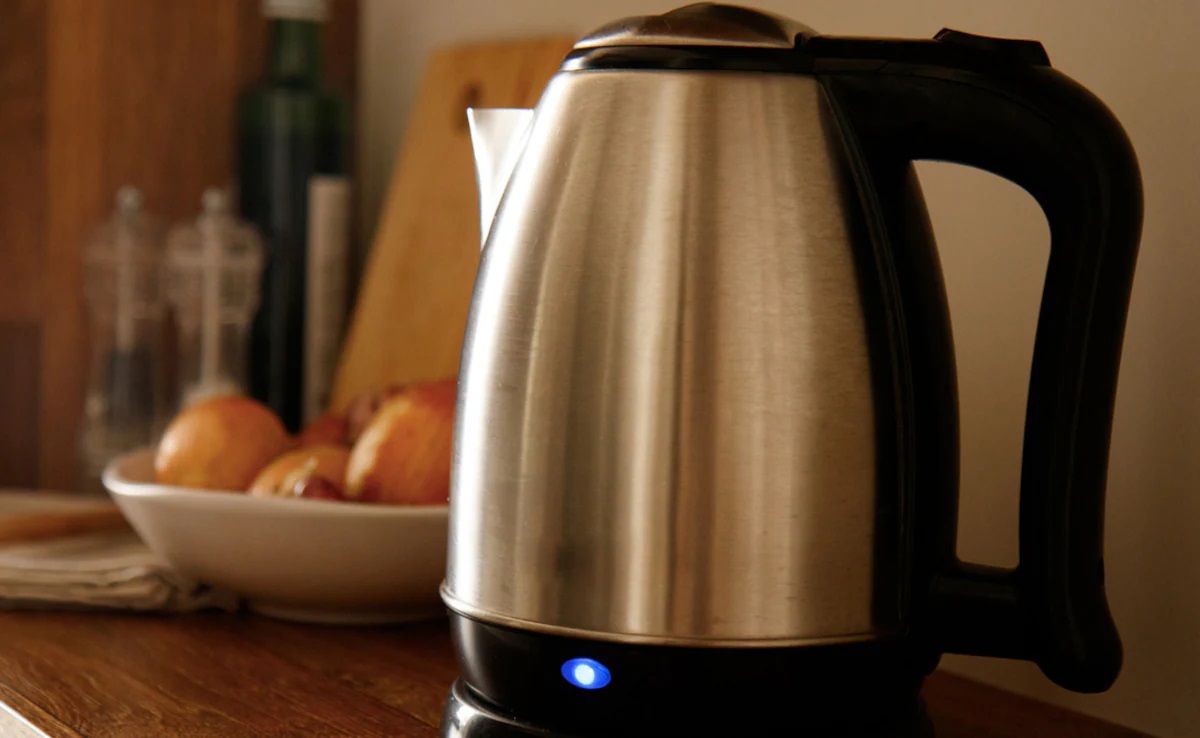

Kitchen Appliances
When Was The Electric Kettle Invented
Modified: March 25, 2024
Learn about the history of the electric kettle and its impact on kitchen appliances. Discover when this convenient invention was first introduced.
(Many of the links in this article redirect to a specific reviewed product. Your purchase of these products through affiliate links helps to generate commission for Storables.com, at no extra cost. Learn more)
Introduction
The quest for efficiency and convenience has always been a driving force behind the evolution of kitchen appliances. Among these, the electric kettle stands as a testament to the marriage of innovation and practicality. Its humble origins and transformative impact on the daily rituals of countless individuals make for an intriguing exploration into the world of kitchen technology.
The journey of the electric kettle intertwines with the broader narrative of heating technology, as humanity has long sought methods to expedite the process of boiling water. From the early developments in heating devices to the birth of the electric kettle and its subsequent evolution, this article will delve into the captivating history and enduring appeal of this indispensable kitchen appliance.
Join us as we embark on a fascinating journey through time to uncover the origins, innovations, and influence of the electric kettle. Whether you are a fervent tea enthusiast, a coffee connoisseur, or simply someone who appreciates the convenience of modern appliances, this exploration promises to provide valuable insights into a device that has left an indelible mark on the daily lives of people around the globe.
Key Takeaways:
- The electric kettle, born in the late 19th century, revolutionized the way water is heated, making it easier and faster to prepare hot beverages and meals.
- With its rapid heating, energy efficiency, and versatile applications, the electric kettle has become an essential and beloved kitchen companion for people worldwide.
Read more: When Was The Electric Mixer Invented
Early Developments in Heating Technology
The pursuit of efficient methods for heating water predates the advent of electricity, with various cultures developing ingenious devices to achieve this essential task. Throughout history, civilizations across the globe relied on different heating methods, such as open fires, stovetops, and rudimentary kettles, to boil water for cooking, sanitation, and, eventually, the preparation of hot beverages.
One of the earliest recorded devices for heating water is the stovetop kettle, which dates back to ancient Mesopotamia and China. These kettles, typically made of metal or clay, were placed directly over an open flame or hot coals to facilitate the boiling of water. The evolution of these early kettles reflected the technological advancements of the time, with improvements in materials and design leading to more efficient and durable vessels for heating water.
As societies progressed, so did the methods for heating water. The development of enclosed stoves and more sophisticated cookware in the Middle Ages further enhanced the efficiency and safety of the heating process. This period also witnessed the emergence of the teakettle, a specialized vessel designed specifically for brewing tea, which became an integral part of cultural traditions in various regions.
While these early heating technologies were instrumental in meeting the basic needs for hot water, they were not without limitations. The reliance on open flames and solid fuel sources posed safety hazards and required constant attention during the heating process. Furthermore, the time and effort involved in achieving the desired temperature made it clear that there was room for innovation and improvement in the realm of heating water.
As the world hurtled toward the era of electrification, the stage was set for a revolutionary leap in heating technology. The convergence of scientific discovery, engineering prowess, and consumer demand would soon give rise to a groundbreaking innovation—the electric kettle.
The Birth of the Electric Kettle
The dawn of the 19th century ushered in a period of remarkable technological advancement, with electricity emerging as a transformative force in various industries. It was against this backdrop of innovation and progress that the concept of the electric kettle began to take shape.
The first electric kettle, as we recognize it today, was conceived in the late 19th century, marking a pivotal moment in the evolution of kitchen appliances. The pioneering work of inventors and engineers laid the groundwork for a device that would revolutionize the way water was heated for generations to come.
One of the earliest iterations of the electric kettle featured a simple design—a vessel with an integrated heating element powered by electricity. This novel approach eliminated the need for an external heat source, offering a more controlled and efficient means of heating water. The newfound convenience and speed of the electric kettle quickly captured the imagination of consumers, paving the way for its widespread adoption in households and commercial settings.
While the earliest electric kettles were rudimentary in their functionality and design, they represented a leap forward in the quest for convenience and efficiency. The integration of electricity into the process of water heating not only streamlined the task but also heralded a new era of kitchen technology, setting the stage for further innovation and refinement.
As the 20th century progressed, advancements in materials, manufacturing techniques, and electrical engineering led to significant improvements in electric kettle design. The introduction of safety features, such as automatic shut-off mechanisms and heat-resistant handles, enhanced the usability and reliability of these appliances, further solidifying their place in the modern kitchen.
With the electric kettle firmly established as a staple in households worldwide, its impact reverberated beyond the realm of practicality. The ritual of preparing a hot beverage or a quick meal with the aid of an electric kettle became woven into the fabric of daily life, transcending cultural boundaries and becoming a cherished tradition for countless individuals.
The birth of the electric kettle not only represented a triumph of ingenuity and engineering but also marked a pivotal moment in the ongoing quest to simplify and enhance the culinary experience. Its evolution continues to reflect the enduring pursuit of convenience and innovation in kitchen appliances, making it a timeless icon in the modern home.
The electric kettle was invented in 1922 by Arthur Leslie Large, a British engineer. It was designed to quickly and efficiently boil water using electricity.
Evolution and Innovation in Electric Kettle Design
The evolution of the electric kettle has been characterized by a continuous quest for improved functionality, safety, and user experience. As consumer preferences and technological advancements have evolved, so too have the designs and features of electric kettles, resulting in a diverse array of options that cater to a wide range of needs and preferences.
One of the most notable advancements in electric kettle design is the incorporation of various materials to enhance durability, aesthetics, and performance. Traditional metal kettles gave way to sleek and lightweight models crafted from stainless steel, offering corrosion resistance and a modern aesthetic. Additionally, the introduction of heat-resistant plastics and other innovative materials provided consumers with an expanded selection of kettles that aligned with their individual style and functional requirements.
Furthermore, the integration of advanced heating elements and temperature control mechanisms has significantly enhanced the precision and efficiency of electric kettles. Modern iterations feature rapid-boil technology, allowing for faster heating times, as well as programmable temperature settings that cater to different types of beverages, such as delicate teas or French press coffee. These innovations have elevated the electric kettle from a mere convenience to a versatile tool for achieving the perfect cup of hot water for various culinary pursuits.
Safety has also been a focal point of innovation in electric kettle design, with the implementation of features aimed at preventing accidents and enhancing user confidence. Automatic shut-off functions, boil-dry protection, and ergonomic, heat-resistant handles are among the safety enhancements that have become standard in many electric kettle models, providing peace of mind to users while mitigating potential risks associated with heating appliances.
Moreover, the integration of smart technologies has ushered in a new era of convenience and connectivity in electric kettles. Wi-Fi-enabled kettles with remote operation capabilities, as well as compatibility with virtual assistant platforms, have redefined the user experience, allowing for greater control and customization of the heating process. These innovations represent a harmonious blend of traditional utility and modern convenience, catering to the evolving lifestyles and expectations of consumers.
The evolution and innovation in electric kettle design reflect a commitment to meeting the diverse needs of consumers while embracing advancements in materials, technology, and safety standards. As the demand for efficient, stylish, and feature-rich appliances continues to grow, the electric kettle remains at the forefront of kitchen innovation, embodying a perfect fusion of form and function.
Impact and Popularity of Electric Kettles
The advent of the electric kettle has left an indelible mark on the daily routines and culinary experiences of individuals worldwide, shaping the way hot beverages and various culinary endeavors are approached. The impact and enduring popularity of electric kettles can be attributed to a combination of factors, including convenience, efficiency, and the ability to cater to diverse consumer preferences.
One of the most significant contributions of electric kettles is the unparalleled level of convenience they offer. The rapid heating capabilities and user-friendly operation of electric kettles have streamlined the process of boiling water, making it effortless to prepare hot beverages, instant meals, and ingredients for cooking and baking. This convenience has resonated with consumers seeking efficient solutions for their daily hydration and culinary needs, cementing the electric kettle as an essential kitchen companion.
Moreover, the versatility of electric kettles has contributed to their widespread appeal. Whether used for brewing tea, preparing coffee, making instant soups, or executing various recipes that require hot water, electric kettles have proven to be adaptable and indispensable tools in the modern kitchen. Their ability to cater to a diverse array of uses has solidified their status as a multifunctional appliance that transcends traditional beverage preparation.
The energy efficiency of electric kettles has also played a pivotal role in their popularity. By rapidly heating only the necessary amount of water, electric kettles minimize energy consumption compared to stovetop alternatives, aligning with the growing emphasis on sustainability and resource conservation. This eco-friendly aspect has resonated with environmentally conscious consumers seeking to minimize their carbon footprint without compromising on convenience.
Furthermore, the enduring popularity of electric kettles can be attributed to their role in elevating the overall beverage and culinary experience. The precise temperature control and rapid boiling capabilities of modern electric kettles contribute to the creation of optimal brewing conditions for teas and coffees, enhancing the flavor profiles and aromas of these beloved beverages. Additionally, the convenience of achieving the perfect water temperature for specific culinary applications, such as oatmeal, noodles, and hot chocolate, has further endeared electric kettles to enthusiasts of quick and delicious homemade creations.
As a testament to their enduring appeal, electric kettles have become a staple in households, offices, and hospitality establishments, symbolizing a harmonious blend of practicality, innovation, and timeless tradition. Their impact on daily rituals, culinary pursuits, and the overall quality of life is a testament to the enduring relevance and popularity of this indispensable kitchen appliance.
Read more: When Was The Electric Toothbrush Invented
Conclusion
The evolution of the electric kettle stands as a testament to the enduring pursuit of convenience, efficiency, and innovation in kitchen technology. From its humble origins to its widespread popularity, the electric kettle has woven itself into the fabric of daily life, enriching the culinary experiences of individuals across the globe.
The journey of the electric kettle is a captivating narrative that intertwines with the broader history of heating technology, reflecting humanity’s relentless quest to simplify and enhance the process of boiling water. The early developments in heating devices, the birth of the electric kettle, and its subsequent evolution have collectively shaped the modern kitchen landscape, leaving an indelible mark on the rituals of beverage preparation and culinary creation.
As electric kettles continue to evolve, incorporating advanced materials, safety features, smart technologies, and enhanced user experiences, their impact and popularity persist, resonating with consumers who seek efficiency, versatility, and sustainability in their daily routines. The unparalleled convenience, multifunctional capabilities, and energy efficiency of electric kettles have solidified their status as indispensable tools for modern living, transcending cultural boundaries and generational gaps.
Moreover, the enduring popularity of electric kettles is a testament to their ability to elevate the overall beverage and culinary experience, offering precise temperature control, rapid boiling, and versatility in application. Whether used for brewing the perfect cup of tea, preparing a quick meal, or facilitating various culinary endeavors, electric kettles have become synonymous with efficiency, reliability, and the pursuit of exceptional flavor and aroma.
In conclusion, the electric kettle represents more than just a kitchen appliance—it embodies a harmonious fusion of tradition and innovation, practicality and elegance. Its enduring relevance and impact underscore the timeless appeal of a device that has revolutionized the way water is heated, enriching the daily lives and culinary pursuits of millions. As the journey of the electric kettle continues, it remains a symbol of ingenuity, convenience, and the enduring quest for a better, more enriching kitchen experience.
Frequently Asked Questions about When Was The Electric Kettle Invented
Was this page helpful?
At Storables.com, we guarantee accurate and reliable information. Our content, validated by Expert Board Contributors, is crafted following stringent Editorial Policies. We're committed to providing you with well-researched, expert-backed insights for all your informational needs.
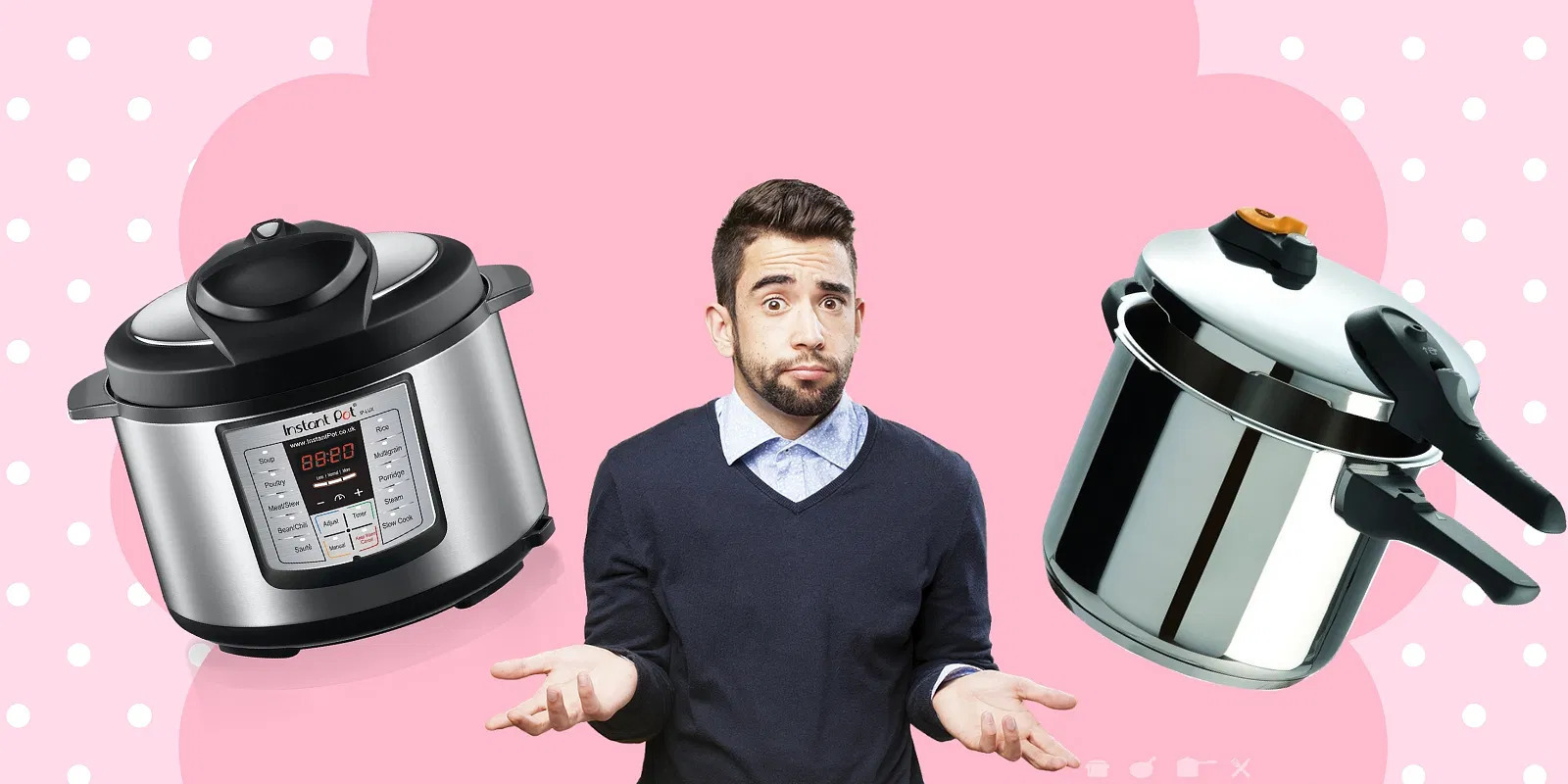
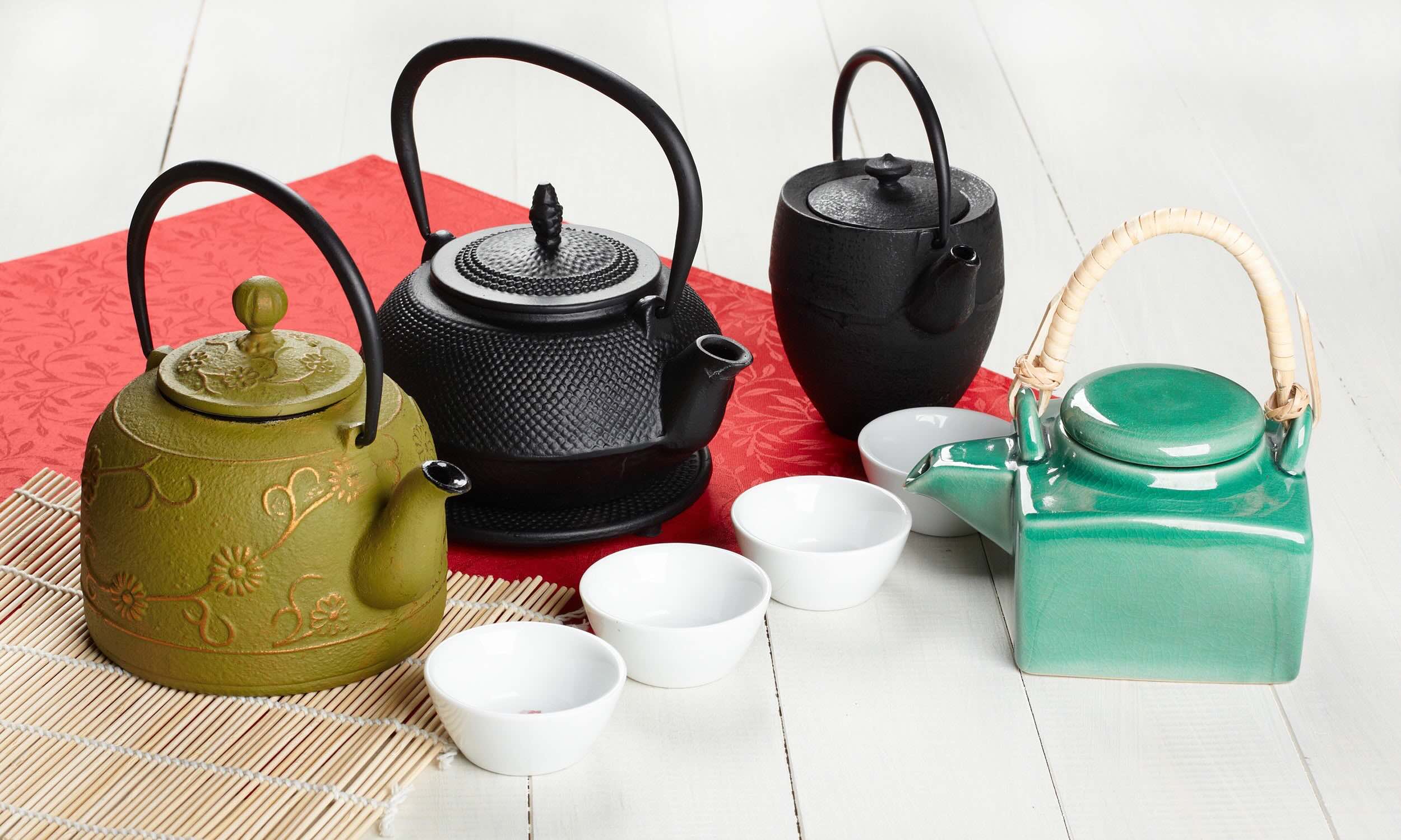
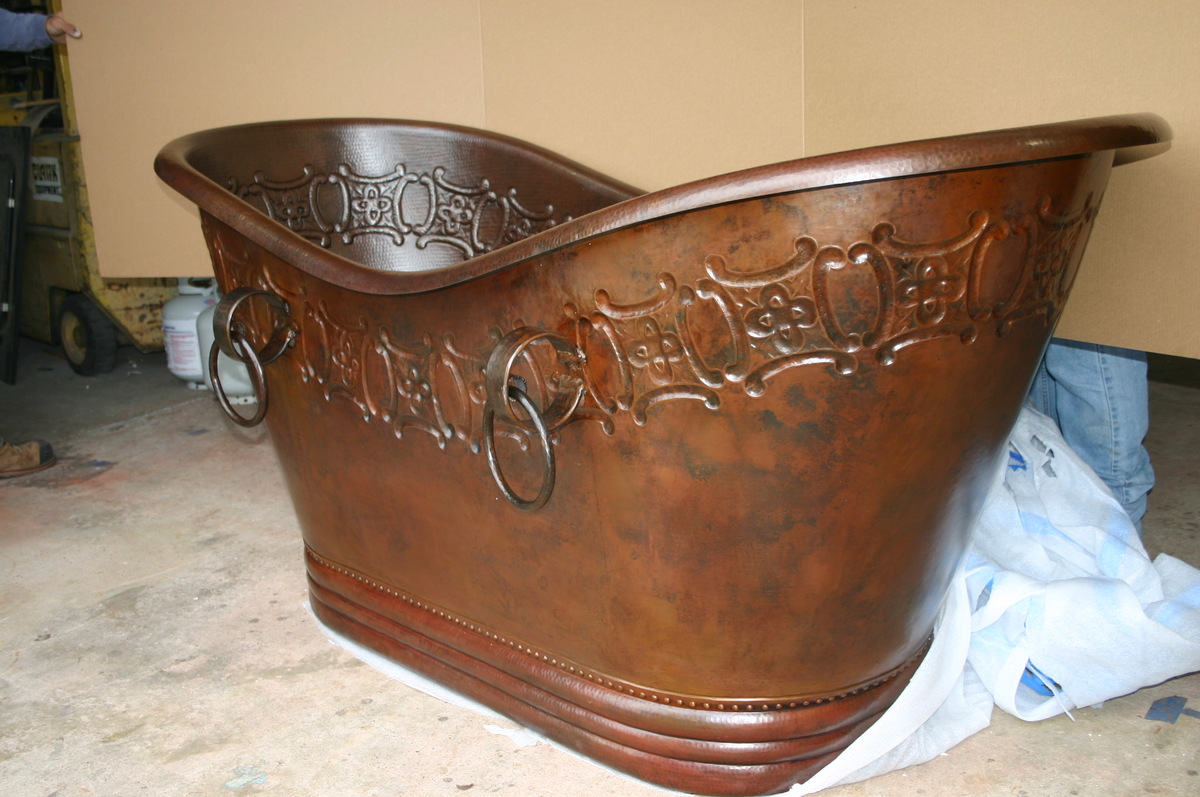


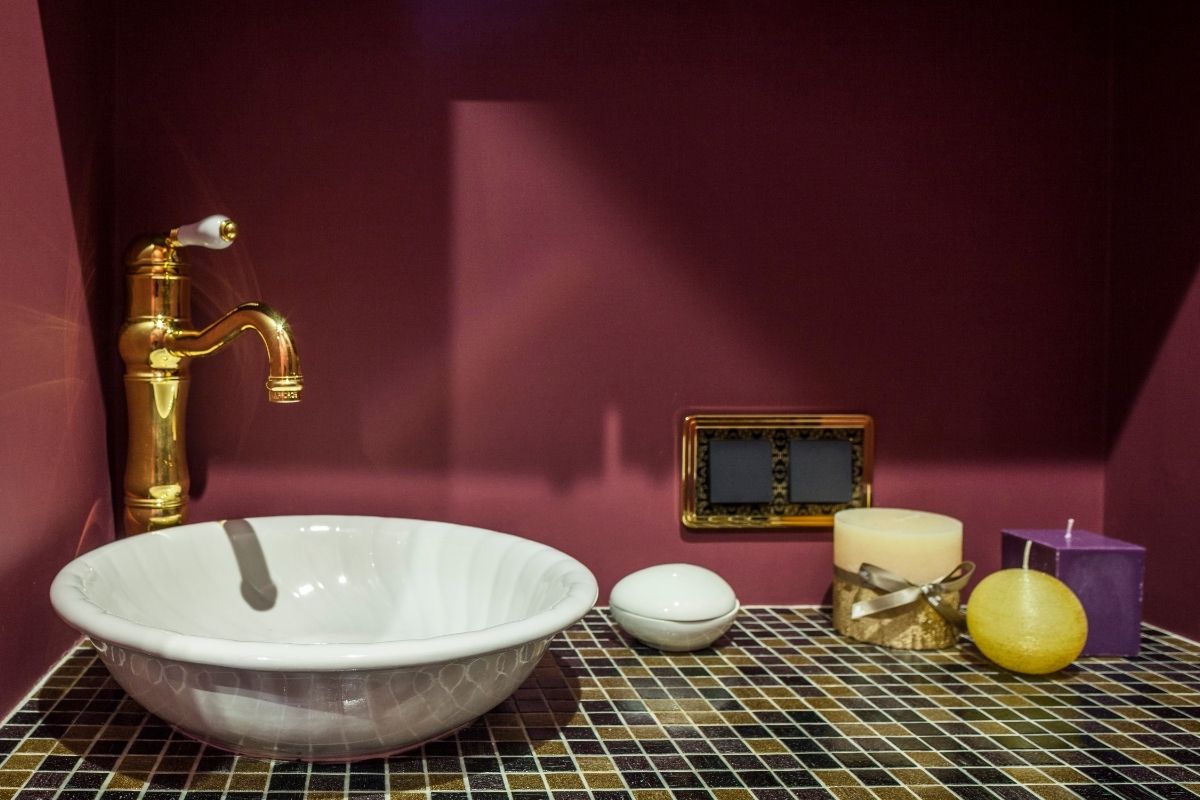


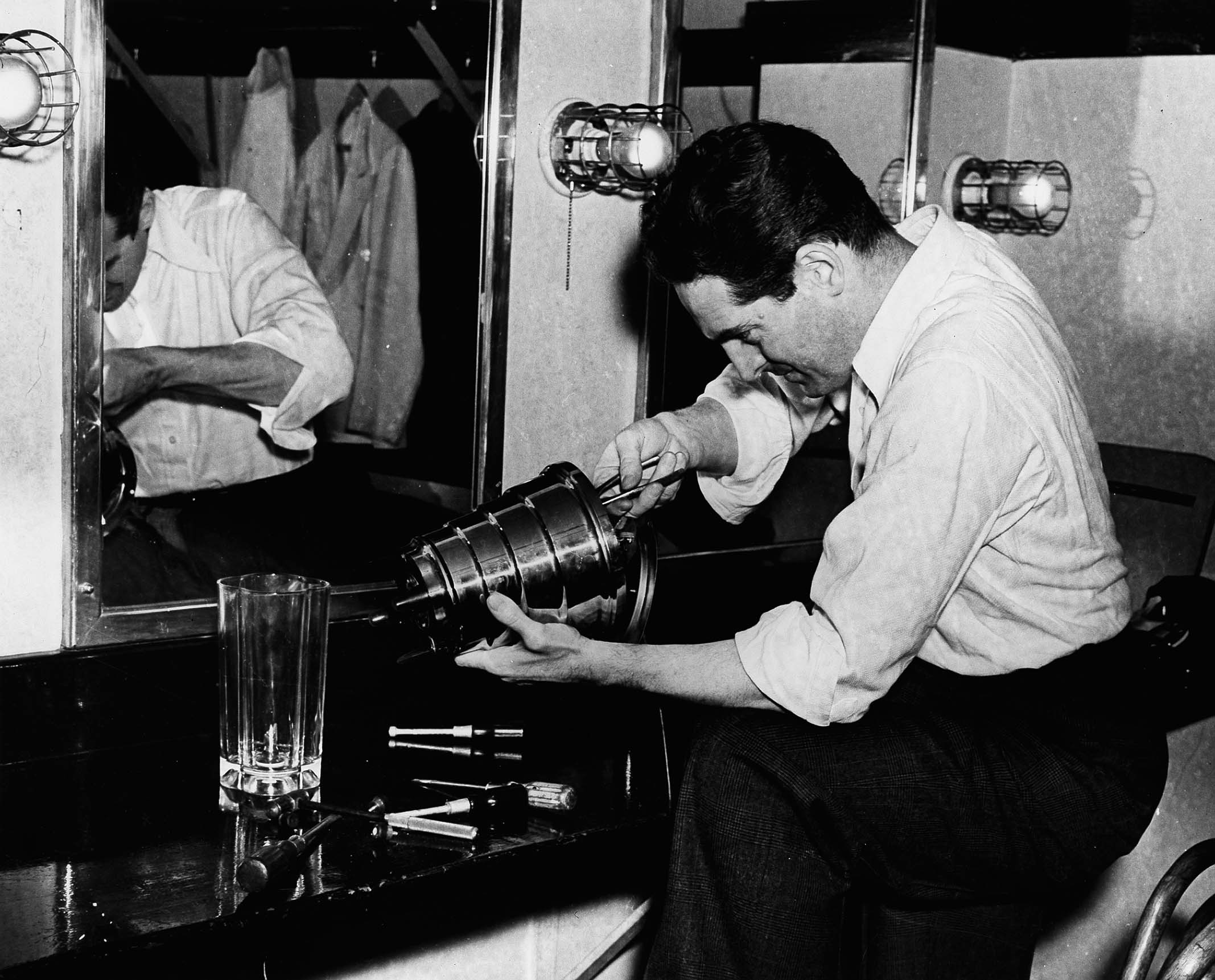

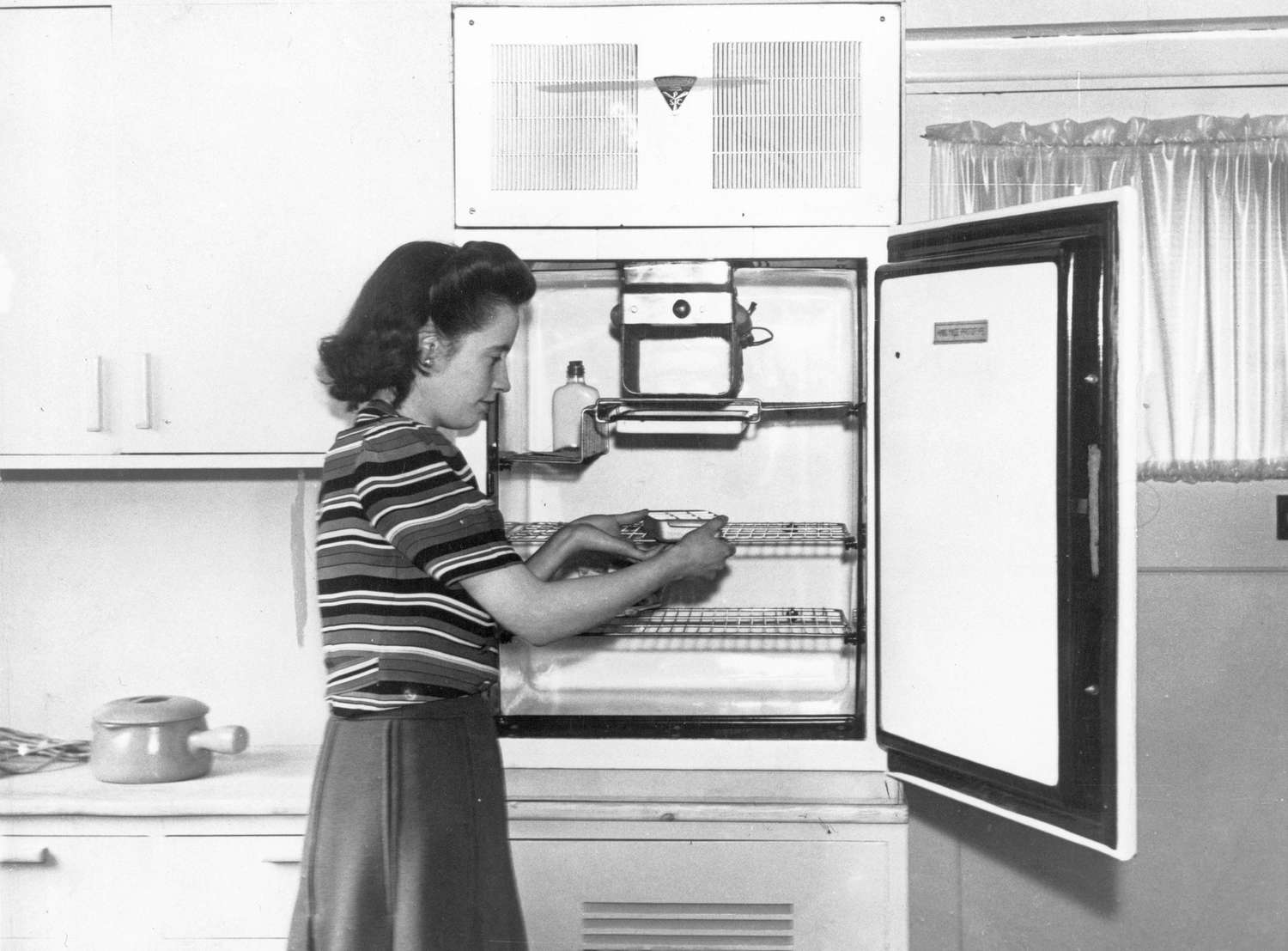




0 thoughts on “When Was The Electric Kettle Invented”